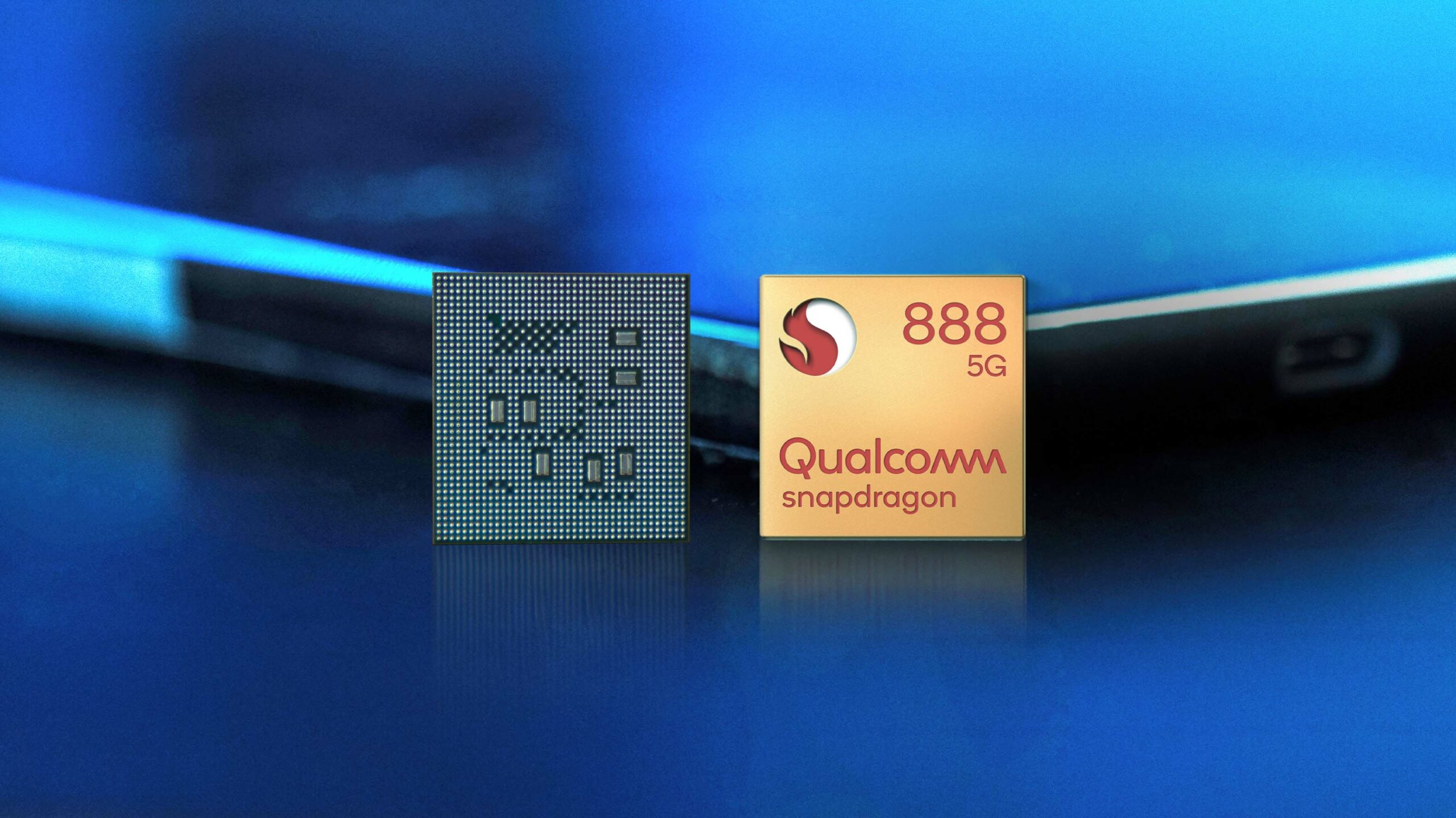
Qualcomm kicked off its annual Snapdragon Tech Summit on December 1st, where the company announced the latest Snapdragon 888 5G Mobile Platform.
Although Qualcomm’s two-day event looks different this year — the company moved the entire event online due to the ongoing pandemic — some things are very much the same. As with past Tech Summits, Qualcomm took the stage to announce the latest 8-series mobile 5G chipset. This year’s Snapdragon 888 continues the focus on 5G, artificial intelligence (AI) and photography.
Qualcomm didn’t share all the details of the Snapdragon 888 — more will come on December 2nd — but Lekha Motiwala, director of product management for Qualcomm, joined the event to share a first look at the chip.

The Snapdragon 888 sports the 3rd gen Qualcomm Snapdragon X60 5G Modem-RF System, which includes global compatibility for mmWave and Sub-6 across all major bands. Further, the modem supports 5G carrier aggregation, global multi-SIM, as well as standalone, non-standalone and Dynamic Spectrum Sharing.
Along with the 3rd gen X60 modem, Qualcomm’s Snapdragon 888 sports the company’s new 6th gen AI Engine. The 6th Gen Qualcomm AI Engine boasts a completely re-engineered Qualcomm Hexagon processor. The AI Engine offers 26 tera operations per second (TOPS) with improved performance and power efficiency. Plus, the 6th gen AI Engine ties in with the 2nd gen Qualcomm Sensing Hub, which can handle low-power, always-on AI processing that enables “intuitive and intelligent features.”
On the gaming side, the 3rd gen Snapdragon Elite Gaming brings Qualcomm’s “most significant upgrade in Qualcomm Adreno GPU performance.” Plus, several Elite Gaming features make a return on Snapdragon 888, including updateable GPU drivers, Desktop Forward Rendering and framerates as high as 144 frames per second (fps).
Finally, Qualcomm said the Snapdragon 888 will continue to focus on computational photography. Further, the company’s Spectra image signal processor (ISP) can capture photos and videos at 2.7 gigapixels per second. That works out to roughly 120 photos at 12-megapixel resolution. That means the Spectra ISP can perform up to 35 percent faster than the previous generation.

As a demonstration of the Snapdragon 888’s capabilities, Qualcomm used devices powered by the chip to control remote-controlled cars using entirely 5G mmWave connections. Qualcomm says both cars were connected to a private 5G network built with the help of Verizon and Ericsson. The drivers used reference devices with the Snapdragon 888 and controlled the cars from over a mile away using live video of the track.
Although that was it for the Day 1 coverage, there’s plenty more news to come about the Snapdragon 888 chipset from Day 2, including a deeper dive into the technical aspects of the chip.
MobileSyrup may earn a commission from purchases made via our links, which helps fund the journalism we provide free on our website. These links do not influence our editorial content. Support us here.


